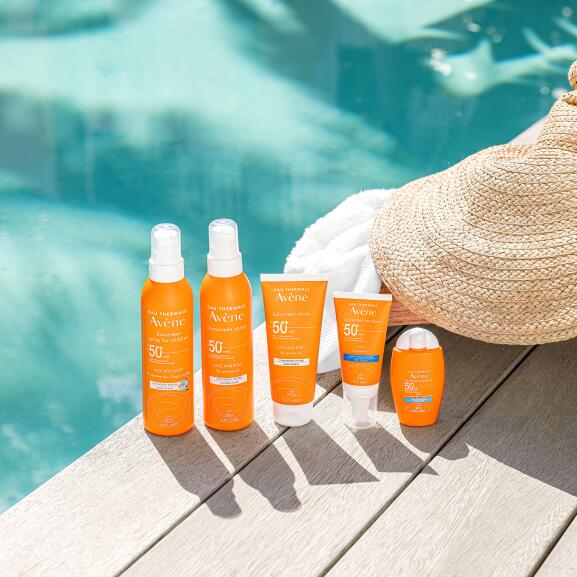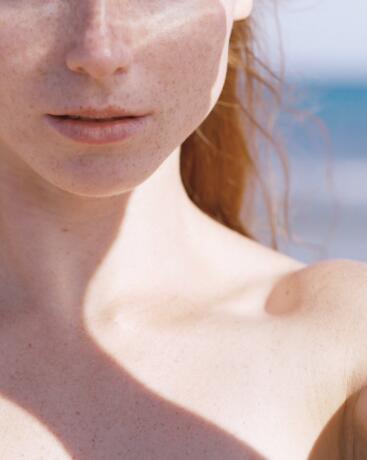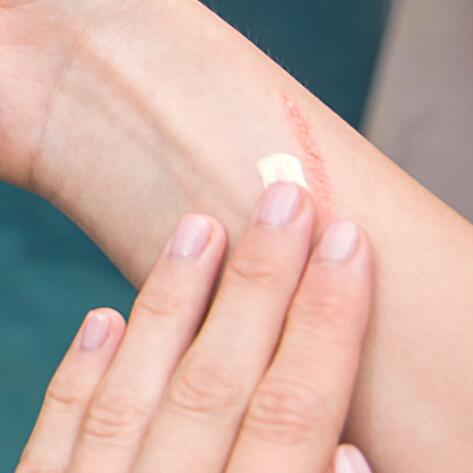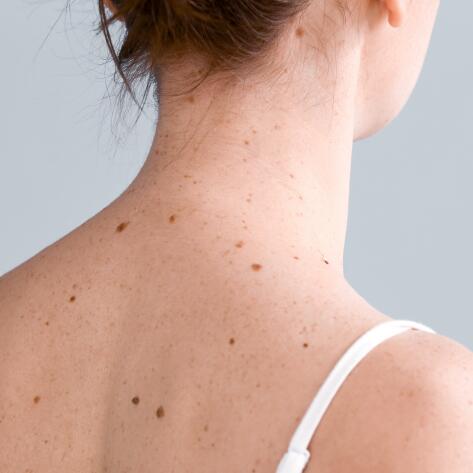Are you trying to choose between the different sunscreens available on the market? Here are some factors to consider, when making a decision:




When choosing the texture, there are two indicators to remember: personal preference and skin type. The drier the skin, the oilier the texture you might choose. As such, creams are suitable for dry skin, fluid protection for combination to oily skin, and so on. The choice of texture or format of your sunscreen can also depend on the area of the body to be protected and the application methods you prefer: spray, lotion, emulsion, fluid, etc.

Choosing an Avène product means that you benefit from our 30 years of research and innovation in sun care.

Scars don’t like the sun. A scar that is exposed to the sun can leave a permanent mark on the skin. During the first few months of your scar's life, it is best to avoid exposing it to the sun. After six months, once the scar has turned white, it should be protected with a suitable high protection sunscreen. And this is the case for life.
The more moles an individual has, the greater the risk of developing melanoma. It is therefore essential to effectively protect your skin from the sun in order to limit the appearance of new moles as much as possible, with a sunscreen adapted to your skin type.
